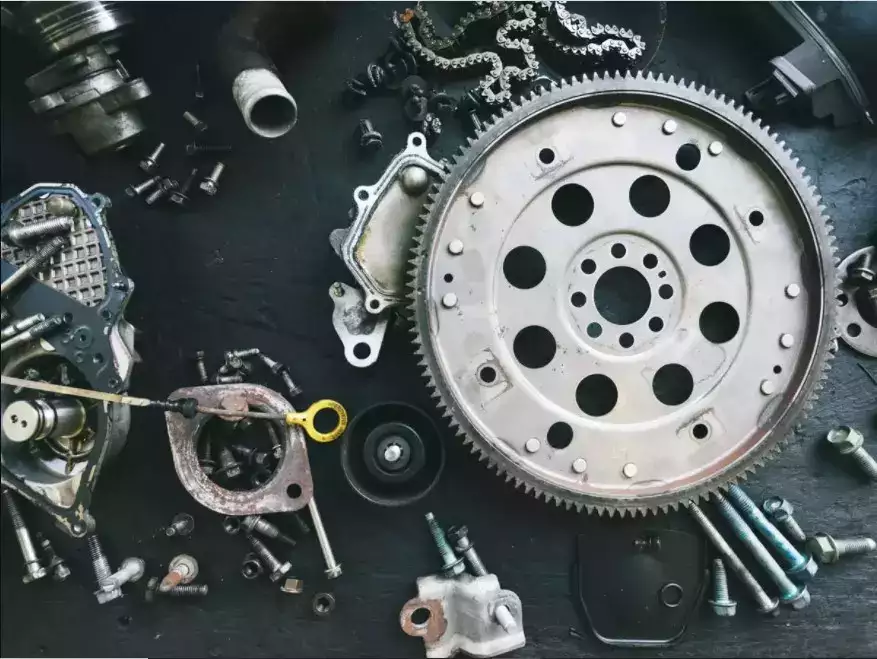
Vinnie Mehta, Director General of ACMA, said, "On the back of steady vehicles’ production in the country, a robust aftermarket and growth in exports, the auto component industry grew to INR 6.14 lakh crore (USD 74.1 billion) registering 9.8% growth in FY24, thus outpacing the turnover of INR 5.59 lakh crore in the previous fiscal. Component supply to OEMs in the domestic market grew by 8.9% to INR 5.18 lakh crore, with supply to the EV manufacturing industry accounting for 6% of the total component production in the country. Exports grew by 5.5% to USD 21.2 billion while imports grew by 3% to USD 20.9 billion, thus resulting in a trade surplus of USD 300 million. The Aftermarket, estimated at INR 93,886 crore, also witnessed growth of 10%."
Export growth was particularly notable despite global challenges. Shradha Suri Marwah, President of ACMA and CMD of Subros, said, "It is pertinent to note that apart from increase in vehicle production, higher value addition from the component sector has led to growth in the auto components sector. While the overall merchandise exports from India witnessed degrowth in FY24, auto components exports have grown despite geopolitical challenges and increase in logistics costs. That apart, growth in imports has been less, leading to trade surplus, indicating thrust by the industry on the localisation front."
Marwah also discussed the industry's future outlook amid current economic conditions. "Steady growth in the vehicle industry has resulted in the industry reaching pre-pandemic levels of performance in FY24 in most segments. However, the first quarter of FY25 witnessed somewhat slower offtake in vehicle sales, especially in PVs and CVs, given the high base, due to inclement weather conditions and elections. With strong macro-economic indicators, conducive government policies and over 7% growth projected for the Indian GDP, we are hopeful that the auto components industry will continue to perform well in FY25," she said.
The annual review highlighted that auto component sales to original equipment manufacturers (OEMs) in the domestic market grew by 8.9% to INR 5.18 lakh crore (USD 62.4 billion). This increase was driven by higher consumption of value-added components, a push for localization, and a market preference shift towards larger, more powerful vehicles.
Exports showed impressive resilience, growing 5.5% to USD 21.2 billion from USD 20.1 billion the prior year. North America, Europe, and Asia were crucial markets for exports, with North America accounting for 32%, Europe 33%, and Asia 24%. North American exports increased by 4.5%, while European exports surged by 12%. Exports to Asia remained flat. Significant export items included drive transmission and steering, engine components, body and chassis, and suspension and braking systems.
Imports, too, saw growth, rising by 3.0% to USD 20.9 billion from USD 20.3 billion the previous fiscal year. Asia was the leading source, contributing 66% of imports, followed by Europe at 26% and North America at 8%. Imports from Asia grew by 3%, Europe by 4%, while North American imports remained steady. Main import items were engine components, body and chassis, suspension and braking systems, and drive transmission and steering.
The aftermarket sector also experienced growth, with turnover increasing to INR 93,886 crore (USD 11.3 billion) from INR 85,333 crore (USD 10.6 billion) the previous year. Factors such as increased vehicle movement and demand for used vehicles contributed to this growth. The aftermarket is also evolving, with enhanced e-commerce penetration and a gradual shift towards a more organized sector.
Disclaimer: The copyright of this article belongs to the original author. Reposting this article is solely for the purpose of information dissemination and does not constitute any investment advice. If there is any infringement, please contact us immediately. We will make corrections or deletions as necessary. Thank you.





